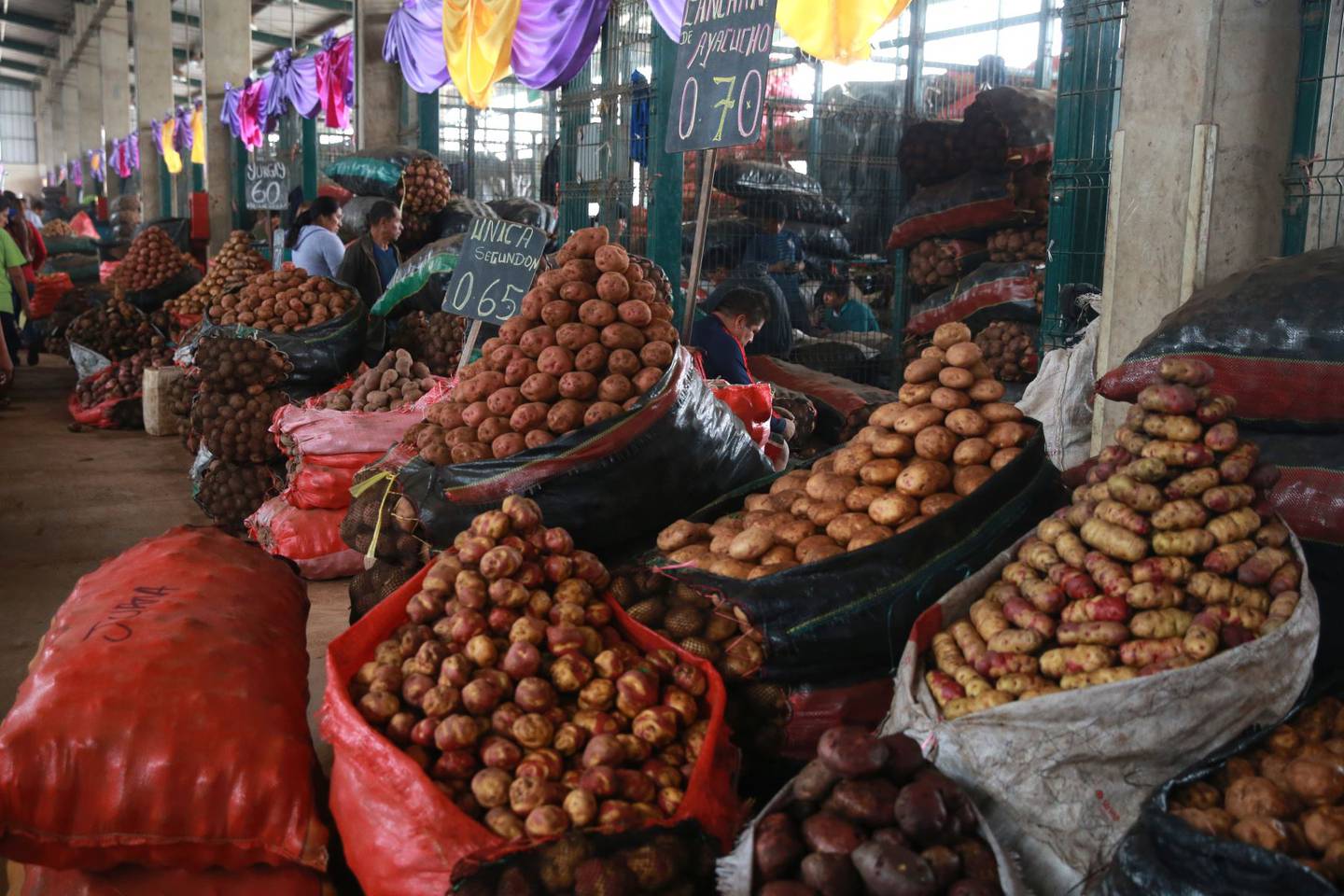By Paola Villar S.
The National Institute of Statistics and Informatics (INEI) reported Wednesday that Lima’s consumer price index (CPI) closed the first month of 2023 at 0.23%, bringing year-on-year inflation to January in Peru’s capital city to 8.67%.
This figure is below most analysts’ expectations, who expected annual inflation in Peru to be closer to 9%.
However, amid one of the most serious political and social crises facing the Andean country, the consumer price index has rebounded to its highest level since July of the previous year.

The consensus of analysts consulted by Bloomberg Economics pointed to Peru’s inflation accelerating from 8.46% to 8.97% as of January in the wake of nationwide protests and blockades that have been ongoing for more than a month, with some even estimating a figure above 9% inflation – highs in a quarter of a century.
Eduardo Jimenez, partner at Macroconsult, and Hugo Perea, chief economist at BBVA Research, agreed with a year-on-year figure of 8.9% for inflation in Lima as of January, similar to the Bloomberg consensus.
Perea reminded there is a base effect compared to Lima’s CPI in January 2022, which rose just 0.04%.
But even assuming this factor, the impact on inflation in Peru’s capital was lower than expected.
INFLATION IN THE SOUTH OF PERU: PRICES MUCH MORE IMPACTED
In almost two months of demonstrations demanding the resignation of Peru’s president Dina Boluarte, and the advancement of general elections for 2023, nearly 60 people have died due to events directly and indirectly linked to the road blockades.
And although the pressure on the prices of various products and services impacted the population nationwide, the situation in southern Peru has been more critical.
“We expect more complicated numbers for inflation in the southern part of the country. There is less information there, but we are concerned that inflation in some regions will be much higher than in the rest of the country. Food and energy prices will likely go up, which is what people tend to look for in situations like these. LPG, in particular, must have jumped a lot in some places,” Macroconsult’s Eduardo Jimenez told Bloomberg Línea.

Indeed, according to INEI, the national consumer price index rose by 0.46% in January, bringing annual inflation in the country’s regions to 8.9%.
This level is even higher than in 2022 when national inflation reached historic highs.
Jimenez recalled that in some regions where the blockades have been more intense, such as Madre de Dios, Puno, and Cusco, domestic gas prices have risen to 150 soles, generating a “brutal” impact on the family basket of citizens in these areas.
Hugo Perea, from BBVA Research, details that National and Lima inflation this first quarter will remain above 8%.
“In March and April, inflation may fall in year-on-year terms, but it will remain above 8%. The Central Reserve Bank (BCR) itself foresees that inflation will only drop in a frank manner as of the second quarter.”
PERU’S INTEREST RATE WILL CONTINUE TO RISE IN THE FACE OF PROTESTS
Both Perea and Jimenez point out that in the next meeting of the BCR Board of Directors, the authorities will decide to continue with the tightening of the Peruvian monetary policy to avoid a de-anchoring of inflation expectations due to the increase in prices due to the social conflicts.
Macroconsult believes that Peru’s benchmark interest rate is likely to rise this year to a maximum range of 8.25%-8.5% due to pressures on inflation that are unlikely to ease.

“It all depends on the temporality. If the risk is longer with respect to the protests, we can indeed have inflation well above expected levels towards the end of the year and greater pressure on the BCR’s actions,” explains Jiménez.
With year-on-year inflation accelerating and core inflation well above the BCR’s target range – between 1% and 3% – Perea believes Peru’s interest rate could climb as much as 25 basis points at the next monetary meeting to reach 8%.
“We see that the BCR may signal in the face of possible de-anchoring in expectations, and it wants to prevent the real interest rate from being out of line. With higher inflation, expectations may be revised upwards, and to avoid de-anchoring, the BCR has to continue adjusting in a certain magnitude,” the economist points out.
With information from Bloomberg

